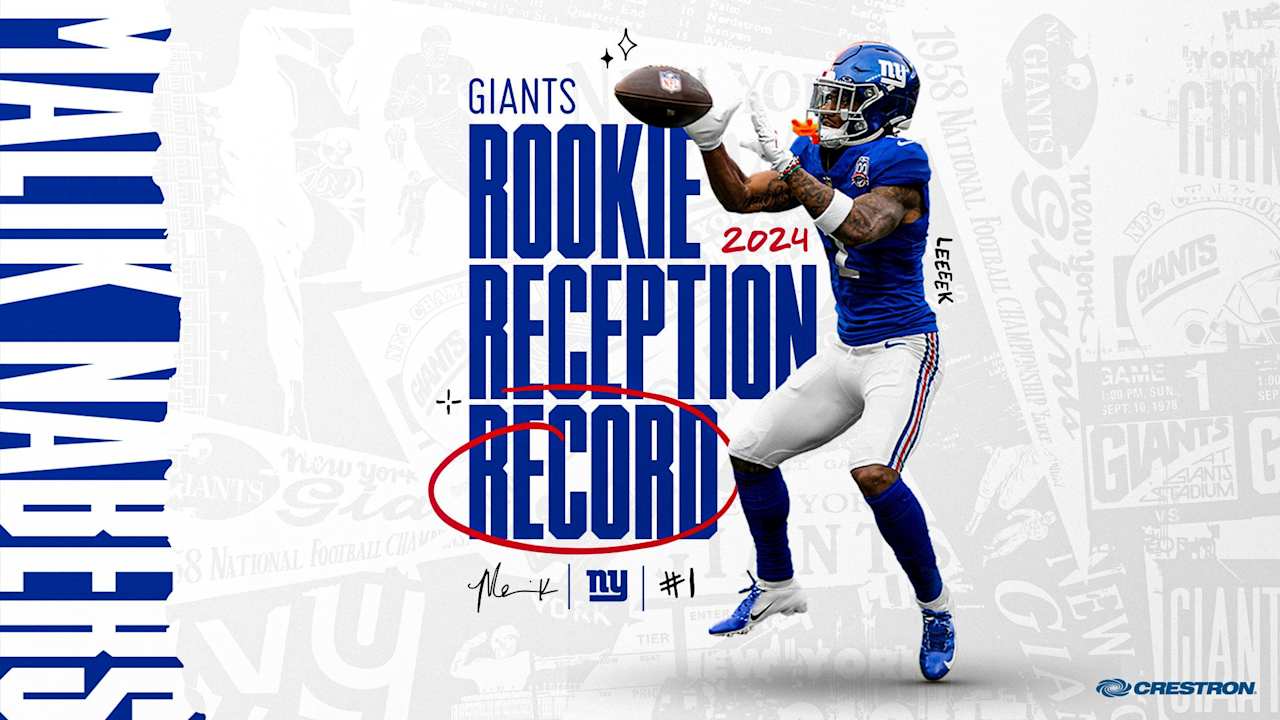Bussiness
In the dark: Moving past Albany’s culture of opacity

When New York voters cast their ballots for the Legislature, they believe themselves to be making their voices heard in the exercise of the people’s business. The trouble is, the people’s business is often not very public.
Case in point, New York Focus’ recent reports on the state Senate’s Working Rules group, a hazy body of unacknowledged Democratic lawmakers who get together in secret to decide which of the hundreds of bills left over at the end of the session will get advanced. Those that don’t get the nod die on the vine.
We understand the need for efficiency in moving bills through as time runs out. Or at least we would understand it if this was really the only opportunity to deeply discuss the litany of matters of public import that come before the Legislature every year. One would think that the session only lasted a few days of frenzied negotiations and a haphazard up-down vote among a secret group of senators instead of being months of ostensibly serious policy-making.
It’s no surprise that the Legislature has not managed to get much done in the aftermath of the budget, having decided that the budget itself will be the vehicle for any substantive or even mildly controversial policy. It’s also no surprise that this system creates the need for semi-informal backroom hashing out of legislative possibility, just as it has in Albany for eons. But a lack of surprise doesn’t equate to acceptance.
A system where crucial decisions are made by a group of unknown lawmakers whose own colleagues are often unaware of their agenda or even the group’s existence at all isn’t the way to run a serious government. Nor is one where senators can push through dozens of judicial confirmations and other positions subject to confirmation with little scrutiny and no real record. Who voted which nominee up or down? Good luck finding out; the information isn’t anywhere but for the Senate journal (which isn’t available online).
Much Albany business, by custom and lack of requirement, is conducted away from public eyes and without a trace, except for the outcome. Whether it’s a bill or a nomination, we see only the results but not the sausage being made, and we all suffer for it. This isn’t the recipe for the model of state government innovation that New York holds itself out to be.
Aside from the Legislature, executive departments have been falling short of the transparency agenda announced by Gov. Hochul three years ago, as documented by Reinvent Albany, including a failure to report what have often been abysmal response rates to Freedom of Information Law requests.
The public’s right to know is then stifled at every level — the legislative, the executive and the judiciary, where this page had to push heavily for the publication of the transcripts for Donald Trump’s Manhattan criminal trial, perhaps the most publicly notable criminal court proceeding this century.
The powers that be have little incentive to change that, because transparency means scrutiny. Holding more processes publicly, with more records created and disseminated, exposes them to increased pressure from advocates, lobbyists and their own constituents. But they should be reminded that this is what they signed up for, and act on several bills to move forward the goal of transparency.










![[!LIVE-FOOTBALL@!]+ Commanders vs Eagles Live Stream ! Atlanta Falcons vs New York Giants LIVE , player stats, standings, fantasy games TV channels and more HS8079 [!LIVE-FOOTBALL@!]+ Commanders vs Eagles Live Stream ! Atlanta Falcons vs New York Giants LIVE , player stats, standings, fantasy games TV channels and more HS8079](https://www.reddotdigitalit.com/wp-content/uploads/2021/05/Streaming-Platform.jpeg)